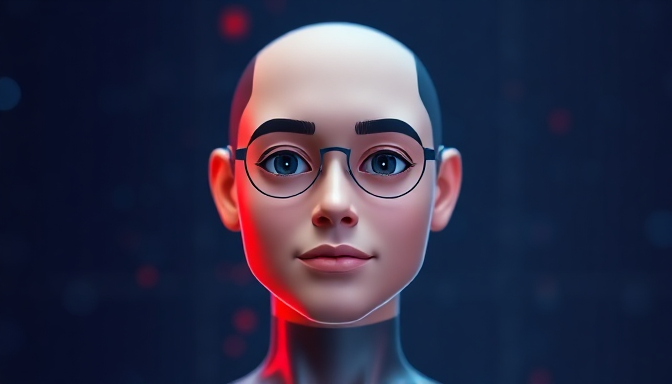
Handling Video Uploads and Formats
The journey of creating a conversational AI avatar begins with a fundamental step: receiving the user's video input. This initial phase might seem straightforward, but effectively handling video uploads and the myriad of potential formats presents immediate technical challenges. Your platform needs to be robust enough to accept videos from various devices and sources, each potentially encoded differently.
Users will upload video files ranging from common formats like MP4, MOV, and WebM to less frequent types. Each format uses specific codecs (like H.264, HEVC, VP9) and containers, which dictate how the video and audio streams are packaged. Directly processing raw uploads without standardization can lead to compatibility issues down the pipeline, where specific tools might only support a limited set of inputs.
Standardizing the video format is crucial for ensuring consistent and reliable processing in later stages, such as face and voice extraction. This typically involves converting the uploaded video into a uniform format and codec that your processing tools are known to work well with. Choosing a widely supported format like MP4 with the H.264 codec is often a practical starting point.
